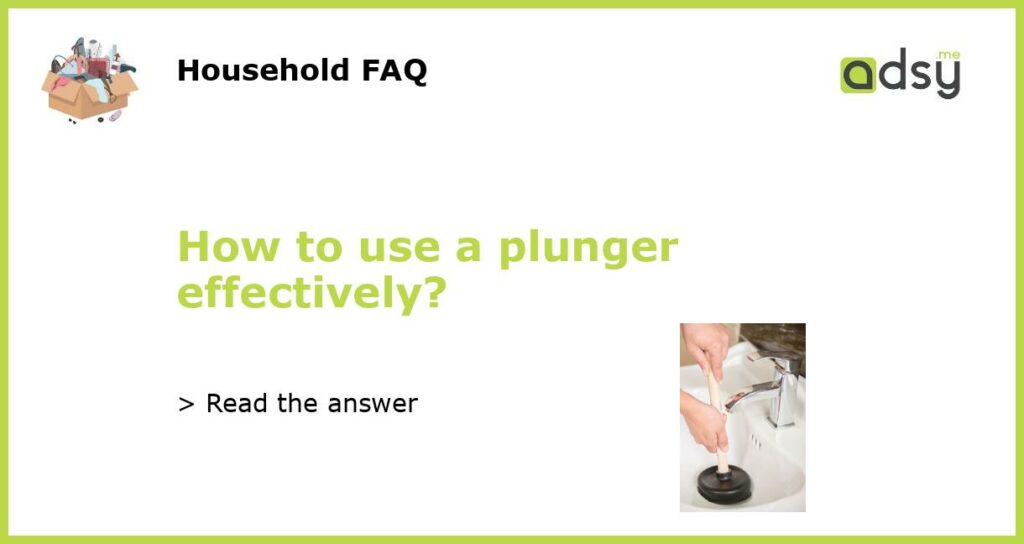Understanding the Basics of a Plunger
A plunger is a tool that uses suction and pressure to remove blockages from drains, toilets, and pipes. It consists of a rubber cup and a wooden handle, with the cup acting as the seal around the drain or toilet bowl. Before using a plunger, make sure you have the right type for the job, as there are different types of plungers available in the market.
Preparing to Plunge
Before plunging, ensure that the plunger covers the entire drain opening or toilet opening. You can also apply petroleum jelly on the edge of the plunger’s cup to create a better seal. Fill the clogged toilet or sink with a little hot water to give it a good push once you start plunging, this will increase the pressure within the drain and make the plunging more effective.
Plunging Technique
Place the cup of the plunger over the drain and gently push down to create a vacuum seal. Then pull up on the plunger to create suction and suction again. Repeat this motion several times vigorously, ensuring that there is always a good seal between the plunger and the drain. If plunging a toilet bowl, be careful not to flush after the first plunge as the water level might rise, overflowing the bowl.
When to Call for Help
If the plunger is not working effectively, it is time to call in professional help. It could be a sign of a more severe problem, and tampering further could lead to more damage. You could do worse damage to your pipes by using the wrong tool and techniques trying to remove the blockage yourself. It will help avoid the trouble and the danger of further damaging your plumbing by choosing a professional plumbing service.
Prevention is Better Than Cure
To prevent blockages, never flush down items such as paper towels, baby wipes, sanitary pads, and other non-disposable items. Also, avoid throwing food substances down the drain, as they could stick in the pipes and cause a blockage. For the kitchen sink, use a strainer to trap debris before they can go down the drain. Regular cleaning and proper drain maintenance could also be an added measure to prevent blockages.






